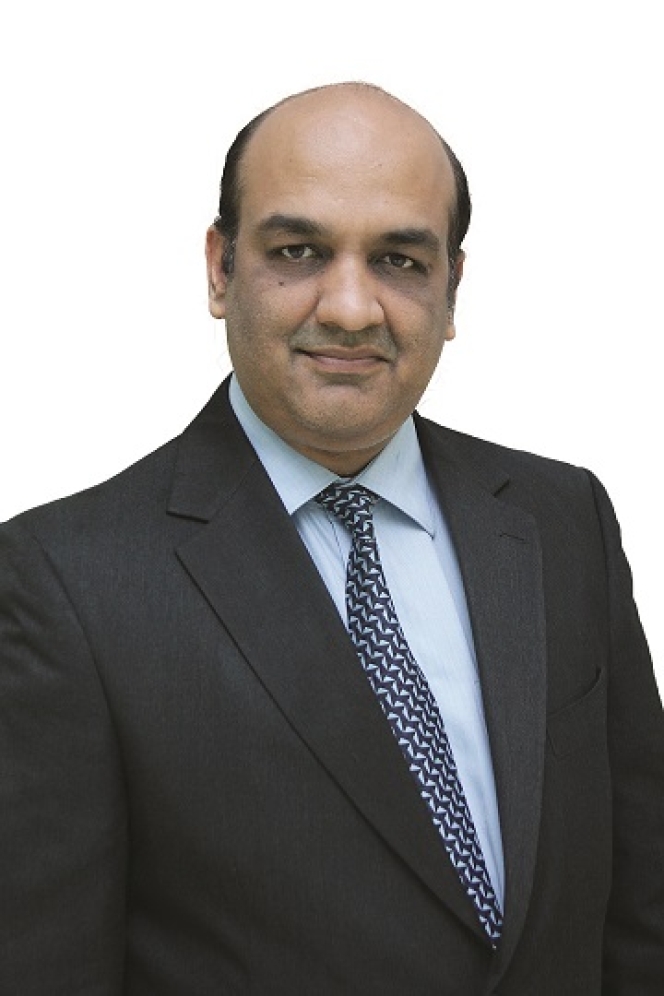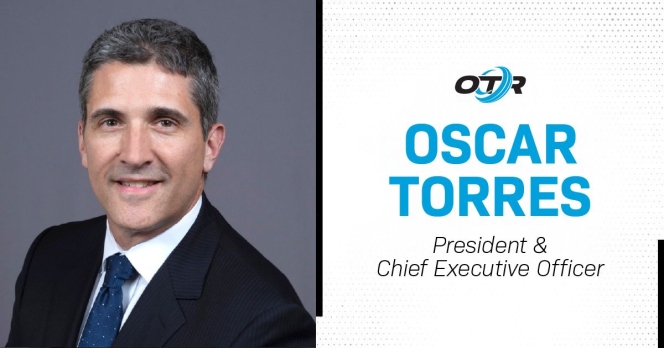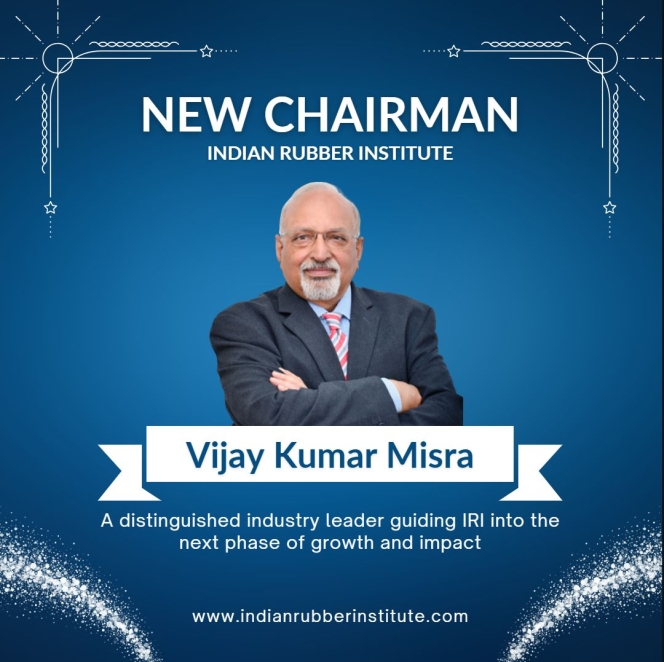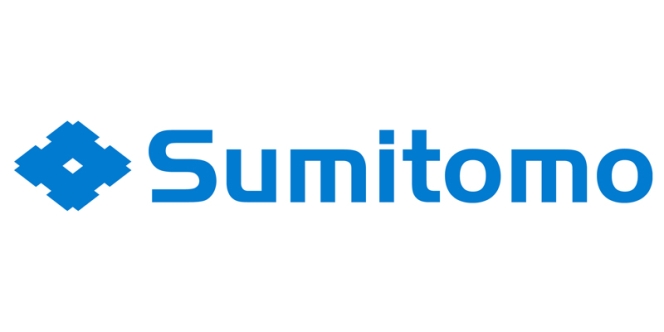Navigate Cost Squeeze And Tepid Demand: CRISIL’s Sethi On What Lies Ahead
- By Sharad Matade
- December 23, 2024

India’s tyre industry is bracing for a tough fiscal year, weighed down by sluggish demand, volatile raw material prices and muted export growth. Revenue is forecast to expand just 7-8 percent – supported by modest price hikes and a marginal rise in volumes – marking a second straight year of single-digit growth. However, operating margins are set to contract sharply as natural rubber prices remain elevated despite recent moderation. In a wide-ranging discussion, Anuj Sethi, Senior Director at CRISIL Ratings, unpacks the factors shaping the sector, from price pressures and replacement demand to global headwinds and evolving trade dynamics.
How would you characterise the current fiscal year for the Indian tyre industry, considering its challenges and opportunities?
With volume expected to grow just by about 3-4 percent due to sluggish demand, overall revenue growth will remain in single digit for the second straight year, this fiscal. On the other hand, high raw material prices, especially of natural rubber, rose sharply over the past 12 months and have only recently begun to moderate. To a moderate extent, tyre manufacturers are increasing tyre prices in the replacement market to offset the impact of higher input prices, albeit operating profitability will still be impacted this fiscal.
The report mentions 7-8 percent revenue growth this fiscal year, supported by a 3-4 percent increase in realisations and volume. What specific factors could push growth beyond this forecast, and what risks might undercut it?
While realisation growth due to price hikes being undertaken by tyre manufacturers is a certain given sharp increase in natural rubber prices, higher than projected volume growth could take the growth higher than expected. With about 2/3rd of the domestic demand
coming from replacement segment, and it being the primary volume driver, any significant decline in that demand can impact the growth forecast other way.
Given that replacement demand is the primary volume driver, how do you assess the longevity of this demand surge in the context of evolving consumer preferences and vehicle usage patterns?
The replacement demand is expected to sustain over the medium term driven by the strong automotive sales achieved in previous fiscals.
With operating profitability projected to drop 300 basis points, what contingency measures are tyre makers considering beyond gradual price increases to mitigate this impact?
The price of natural rubber, which constitutes about half of the raw materials, continued to surge sharply in the first half of fiscal 2025. However, ability to pass on this increase is limited due to modest volume growth. Small price hikes and continued focus at improving operating efficiencies on an ongoing basis is another way to offset the impact to some extent.
Natural rubber prices have been highly volatile, reaching record highs and then falling to around INR 170 per kg. What is your outlook for natural rubber prices in the near to medium term, and what factors will likely influence their movement?
The sharp rise in natural rubber prices is due to a global shortage caused by inclement weather in major producing countries such as Thailand and Vietnam, which account for about half of the global production. Going forward, increase in supply with improving hectarage and slowdown in global economies is likely to drive correction in international rubber prices. In the last couple of months, some moderation in natural rubber prices has happened.
China has a surplus in crude oil-derived raw materials, including carbon black and other chemicals. Do you anticipate this surplus impacting global prices for these commodities, and how might Indian tyre makers benefit or face challenges as a result?
Share of natural rubber in tyre manufacturing is 47 percent, while carbon black accounts for ~20-22 percent. Should carbon black prices remain under control, it will benefit domestic tyre manufacturers.
Export growth is expected to remain muted at 2-3 percent. How does the current geopolitical climate, including sanctions or trade restrictions, further complicate Indian tyre makers’ access to markets in North America and Europe?
Export growth is expected to remain sluggish due to challenging business conditions in US and Europe. However, certain segments like off-the-road tyres are beginning to see better prospects as stocks with dealers are moderating. This could help players with presence in the off-the road- tyre segment.
Exports to key markets such as North America and Europe are under pressure due to economic challenges and unviable operating costs, leading to plant shutdowns in regions like US, Europe and Israel. Is the Indian tyre industry at risk of facing similar challenges, or does it have structural advantages that mitigate these risks?
Indian players are better placed compared to some of the western peers due to comparatively lower cost of operations, though operating profitability has come under pressure this fiscal because of higher imported rubber prices. Also, Indian players have flexibility to supply in small batch sizes unlike Chinese peers, and hence this also works to their advantage, more prominently in higher margin segments such as off-the road tyres.
Have tyre makers explored new international markets or alternative trade routes to counter supply chain disruptions and higher freight costs?
Not really; to circumvent the difficult environment around the Suez Canal, vessels are going around the Cape of Good Hope, adding 2-3 weeks and additional freight cost on exports. Some of the costs are being shared with the customers.
The report references Extended Producer Responsibility (EPR) regulations. How significant is the financial and operational burden of compliance for tyre makers, and what progress has been made in addressing this?
Adoption of EPR regulations is not expected to have a very sizeable impact on profitability, though it will lead to investments in strengthening processes and in technology.
OTR Engineered Solutions Appoints Oscar Torres As New President And CEO
- By TT News
- January 05, 2026

OTR Engineered Solutions has named Oscar Torres as its new President and Chief Executive Officer, effective 5 January 2026. With over 25 years of executive leadership, primarily within private equity–backed aerospace aftermarket firms, Torres possesses substantial industry expertise.
His extensive career was largely spent at Kellstrom Aerospace, where he progressed through roles such as Chief Financial Officer, Chief Operating Officer and ultimately Chief Executive Officer. In these capacities, he was instrumental in enhancing operational performance and fostering sustainable growth. His strategic direction included overseeing several acquisitions and divestitures, which solidified the company's position as a premier global supply-chain solutions provider for a wide range of aviation clients.
Torres's academic credentials include a Bachelor of Accounting from Florida International University and an MBA from the University of Miami. He is also a Certified Public Accountant. The organisation anticipates that his leadership will guide OTR in maintaining its commitment to delivering high-quality solutions and exceptional service to its clientele.
Hector Ramirez, Interim President of OTR, said, “Oscar’s proven leadership, collaborative approach, and deep industry knowledge make him exceptionally well suited to lead OTR into its next phase of growth. We are excited to welcome him and are confident in the value he will bring to our customers, partners and stakeholders.”
IRI-CON’26 To Focus On Sustainability Agenda For India’s Tyre And Rubber Industry
- By TT News
- January 02, 2026

The Indian Rubber Institute (IRI), a not-for-profit professional body focussing on the tyre and rubber industry, is set to host ‘IRI-CON’26’, a two-day conference aimed at addressing the sector’s evolving technological and sustainability priorities.
The event scheduled on 30th January 2026, will be held in Vadodara, Gujarat, underscoring the state’s growing importance as a hub for elastomers and rubber-related manufacturing.
Led by eminent technocrats and industry leaders, IRI has played a pivotal role for decades in advancing technical education, skill development and professional excellence across the tyre and rubber value chain. A large proportion of technical professionals in these industries are lifetime members of the institute, contributing through voluntary service, knowledge sharing and technical engagement.
IRI has also been instrumental in training candidates for the DIRI and PGDIRI programmes, with examinations conducted by IIT Kharagpur since their inception.
The choice of Gujarat as the host state is significant. The region is home to major tyre manufacturers including Apollo Tyres, CEAT, BKT, MRF and JK Tyre, alongside key suppliers of carbon black, silica, textiles and rubber chemicals. Vadodara, in particular, has emerged as an important centre for rubber and allied industries, making it a strategic venue for the conference.
The theme of IRI-CON’26, ‘Unlocking the Potential of Sustainable Developments in Rubber and Allied Industries,’ reflects the industry’s increasing focus on sustainability, resource efficiency and responsible manufacturing. The conference is expected to bring together professionals from manufacturing, R&D, academia and allied sectors, offering a platform for technical exchange, collaboration and dialogue on future-ready solutions.
With regulatory pressures, material innovations and environmental expectations reshaping the sector, IRI-CON’26 is positioned as a timely forum to align industry stakeholders on sustainable growth pathways for India’s tyre and rubber ecosystem.
Indian Rubber Institute Appoints Industry Veteran Vijay K Misra As Chairman
- By TT News
- December 30, 2025

The Indian Rubber Institute (IRI) has confirmed Vijay K Misra as its new Chairman following a formal election. With a distinguished career spanning nearly 50 years in the tyre and rubber sector, Misra possesses extensive expertise in technology, product development, international collaborations and major greenfield projects.
His deep industry connections and proven leadership are anticipated to steer the IRI through its next period of growth and enhanced impact. The Institute also formally acknowledged Misra's pivotal role in founding the Dr D Banerjee Centre of Excellence in Mysuru, a premier hub for advanced training and industry-academia synergy.
Concurrently, sincere appreciation was extended to outgoing Chairman Dr R Mukhopadhyay for his valuable guidance, as he continues to support the Institute in the role of Chairman Emeritus.
Sumitomo Rubber Restructures Top Management
- By TT News
- December 26, 2025

Sumitomo Rubber Industries, Ltd. has announced that its Board of Directors has approved a forthcoming change to its representative leadership at a meeting on 25 December 2025, pending formal ratification at the Annual General Meeting of Shareholders scheduled for 26 March 2026.
The shift is part of a planned reorganisation of the company’s management framework effective from that date. Under the new structure, current Director and Senior Executive Officer Yasuaki Kuniyasu is slated to be appointed as the new Representative Director, President and CEO. Concurrently, the present President and CEO, Satoru Yamamoto, is expected to transition to the role of Representative Director and Chairperson of the Board.
Yasuaki Kuniyasu, aged 56, began his career with the company in April 1992. His tenure includes significant leadership roles, such as General Manager of the Tyre Technology Headquarters and, from January 2023, General Manager of the Corporate Management Planning & Administration Department. He has served as a Director and Senior Executive Officer since March 2023 and held 8,400 shares in the company as of 30 June 2025.
This planned succession aims to establish a renewed executive team to guide the company forward under its new governance model.







Comments (0)
ADD COMMENT